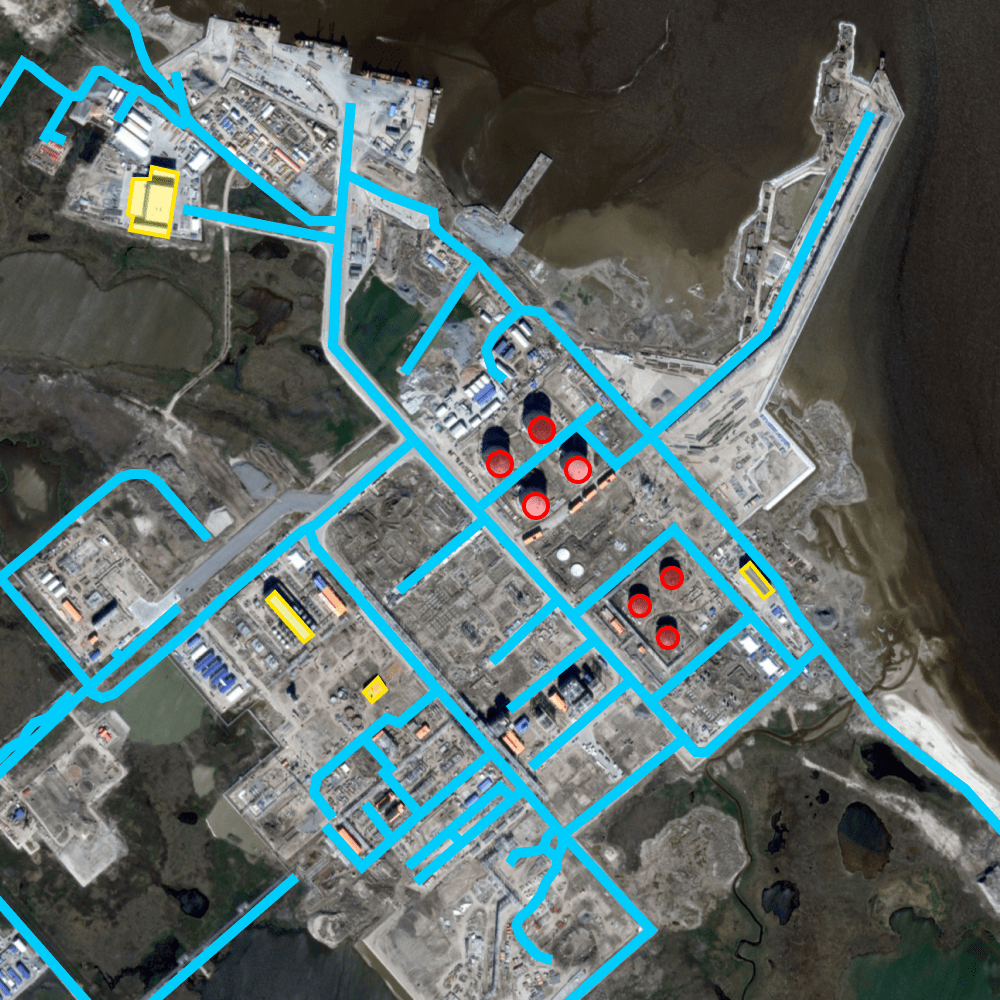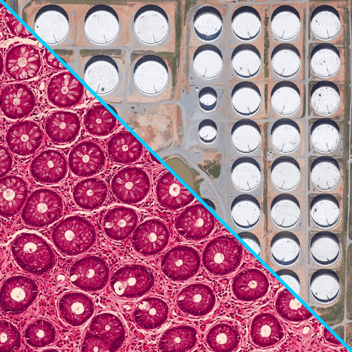Pioneering Edge in Geospatial AI: Deep Block vs. ArcGIS.

In this piece, we're diving into the distinctive strengths of Deep Block and drawing comparisons with ArcGIS, the globally renowned GIS software. While ArcGIS has established itself as a dominant force in geospatial data processing, there are some key distinctions that set Deep Block apart.
Breaking Down ARCGIS's AI Marketplace.
One standout feature of ArcGIS is its AI Marketplace, which provides a platform for startups to showcase their AI models. However, a caveat lies in the fact that these models are exclusively compatible with ArcGIS. This serves to anchor the power of ArcGIS in the realm of geospatial AI.
ArcGIS holds an esteemed legacy, making it a staple for most professionals in the geospatial industry. However, a noticeable trend is ESRI's relatively restrained investment in AI technology. This approach inadvertently encourages geospatial AI companies, who might not be thriving financially, to channel their resources into developing geo AI models outside of ESRI's ecosystem.
Due to market competitiveness and the challenges in gaining a foothold, geospatial AI companies often contribute their models to the marketplace pro bono. These models, frequently crafted in PyTorch or Tensorflow, are then repackaged by ArcGIS for exclusive access with an ArcGIS subscription. This clever maneuver allows ESRI to generate revenue through software licensing, even for models initially provided at no cost.
The Inference Conundrum.
A critical limitation arises with the machine learning models within ArcGIS – they lack optimization in terms of speed. These models, essentially generalized machine learning frameworks, are packaged within the system. Indeed, most of these models are simply implemented based on Python and packaged into Dictionary or Protobuffer. However, the intricacies of remote sensing imagery, characterized by immense resolution and volume, present a challenge, as mentioned in a previous article. Running these images through the model, even when broken into smaller sections, results in a protracted inference process.
Indeed, one critical challenge emerges when segmenting images - a limitation I've previously discussed. While ArcGIS strives to enhance model inference speed through this process, there are inherent constraints when it comes to directly refining third-party AI models.
Given ArcGIS's dominant position in the market, the impetus for substantial technological improvements might seem diminished. After all, why invest significantly in innovation when you're already the leading player?
Ultimately, the value of remote sensing images is contingent on their timely analysis. With the mammoth scale and resolution of these images, achieving expeditious inference is a formidable task. The velocity of insights derived from these images significantly impacts their utility.
For many government entities, particularly those heavily reliant on remote sensing imagery, depending solely on foreign products can be a precarious proposition. Entities like intelligence agencies and the military necessitate software that can be customized or installed according to their unique specifications.
At Omnis Labs, we recognize the pressing need for efficient remote sensing image analysis. Our technology has been meticulously developed to surmount these challenges, ensuring that organizations, particularly those with critical missions, can rely on swift and accurate insights from their imagery.
Where Deep Block Holds the Torch.
Omnis Labs’ Deep Block software has undergone extensive optimization for inference speed. Developed in-house, we have the flexibility to further refine and fine-tune this software. Our proficiency in handling high-resolution images equips us to efficiently process remote sensing data. For organizations demanding swift analysis of such data, Deep Block offers invaluable value.
But, rather than a rivalry, we see potential for collaboration. By joining forces, ESRI and Deep Block can amplify the speed and efficiency of ARCGIS's internal engines, delivering enhanced AI services to customers. We welcome inquiries from the ArcGIS team and look forward to exploring applications within national organizations.
By providing tailored solutions and a collaborative mindset, Deep Block is poised to carve its niche in the geospatial AI landscape, offering a robust alternative to established giants like ArcGIS.





